It’s appropriate, in a way, that Lotus boss Matt Windle – the man tasked with bringing the all-important Lotus Emira sports car to fruition – should have started his driving life in a Volvo 343, one of the least glamorous cars the Swedish marque has ever made.
After all, legendary founder Colin Chapman demonstrated his earliest engineering prowess on the Austin Seven, one of the humblest cars going in Lotus’s formative post-war years. Perhaps it takes early familiarity with the lowest echelons of motoring to create machines like Lotuses, which deliver the finest dynamics while avoiding easy-win content like imposing size, impressive mass, huge power, lots of over-the-top luxury equipment and premium prices.
There were indications that young Windle was heading for a successful career at the top of the automotive industry long before his father first tucked him into said Volvo. He recalls hours in the back garden with his long-suffering dad as he learned to slide a go-kart, then more time on his dad’s lap learning to steer the family Mini on a handy disused airfield.
There were also five-hour trips to visit grandparents in the north, during which conversation always centred on cars and during which young Windle honed his specialist skill of identifying different cars at night just by the shapes of their lights.
As an engineer himself, working in the power-generation business, Windle senior had his own interest in cars, but his company transport wasn’t promising in his young son’s eyes. An Austin Princess (“the back seat was like a big bed”) and an orange Austin Allegro Sport (“it had a square steering wheel”) were special lowlights.
By his own admission, Windle wasn’t a roaring success at school, so he left at 16 to become an apprentice coachbuilder with Essex-based camper van company Dormobile, rapidly displaying aptitude for technical drawing and upholstery. Dormobile had a big business and an enlightened apprenticeship programme, and the new recruit enjoyed his new hands-on lifestyle and began learning fast.
Volvo 343

The Volvo came when Windle was 17, his dad calculating that this safe Swede, with its armchair seats and sedate performance, would keep him out of trouble. “He had lost friends in bike accidents and wanted to keep me away from all that,” says Windle. “But he probably expected me to be in a prang or two, so it made sense to get something that would bounce…”

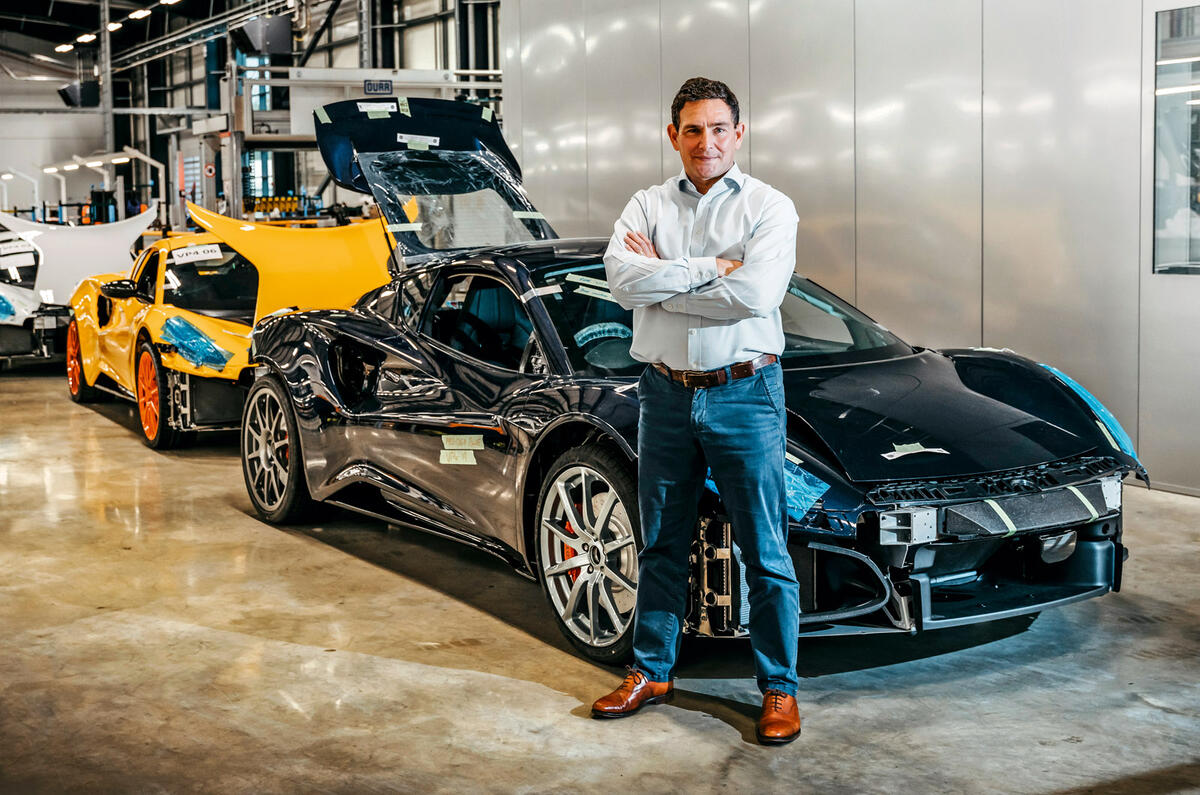





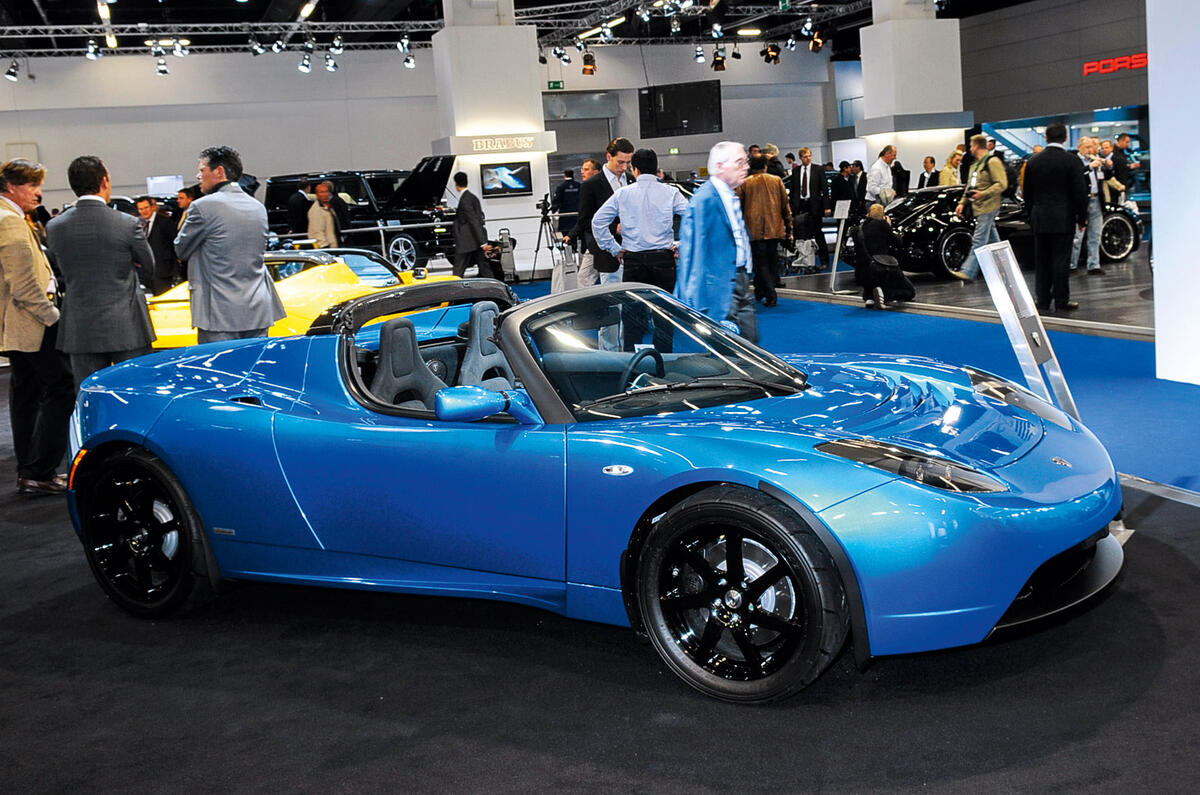

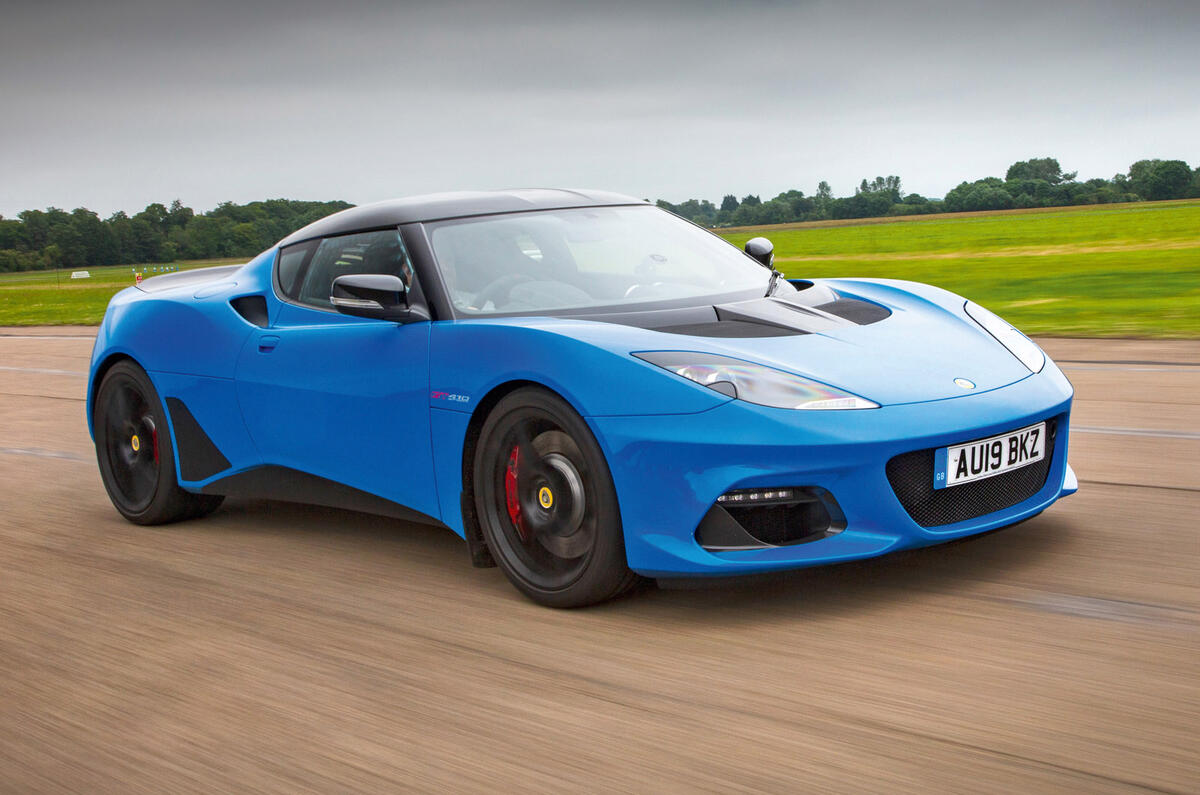



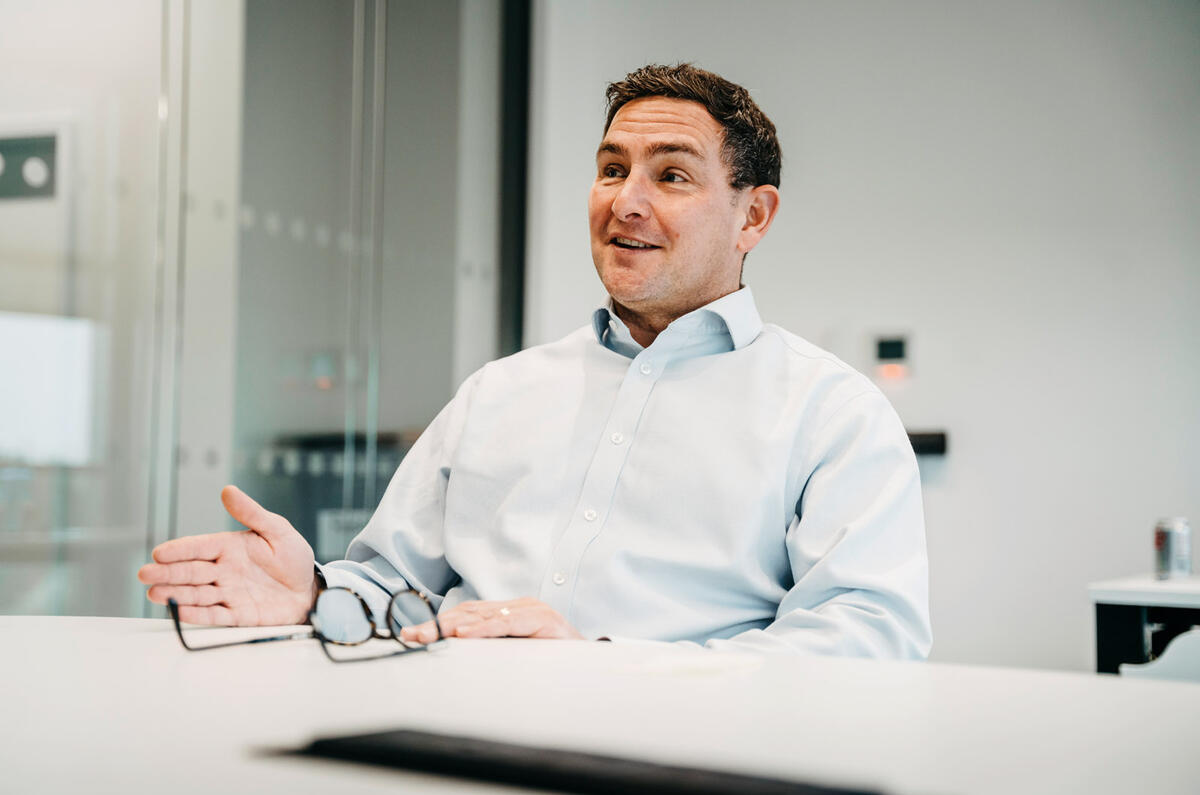

















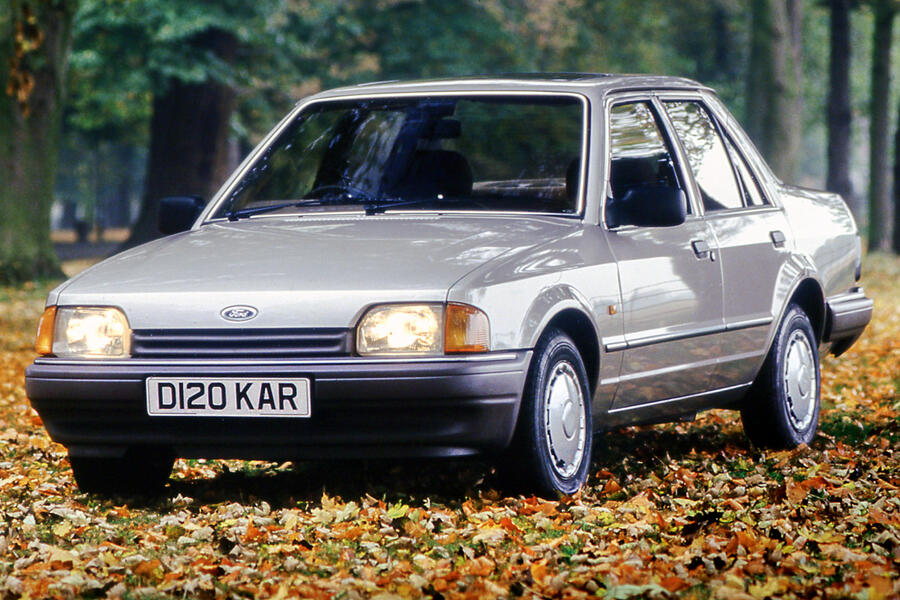












Join the debate
Add your comment
Enjoyable article. But a jarring final sentence "Light is right for Lotus, and always will be". Did they forget to tell him about the new Lotus SUV?